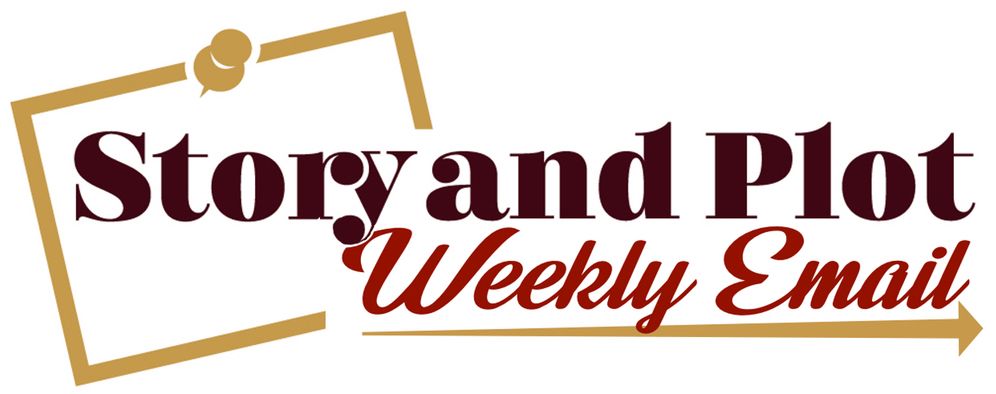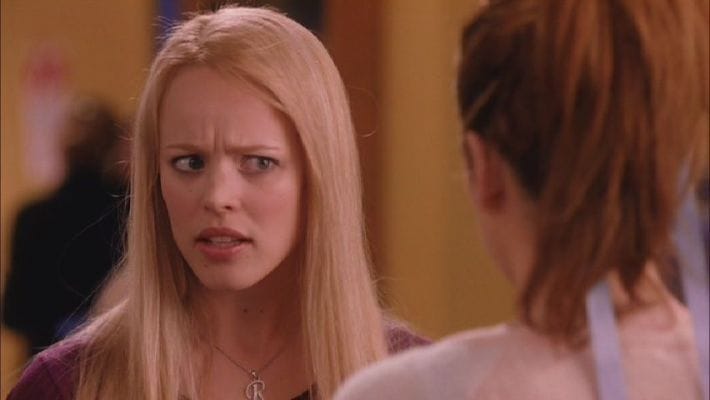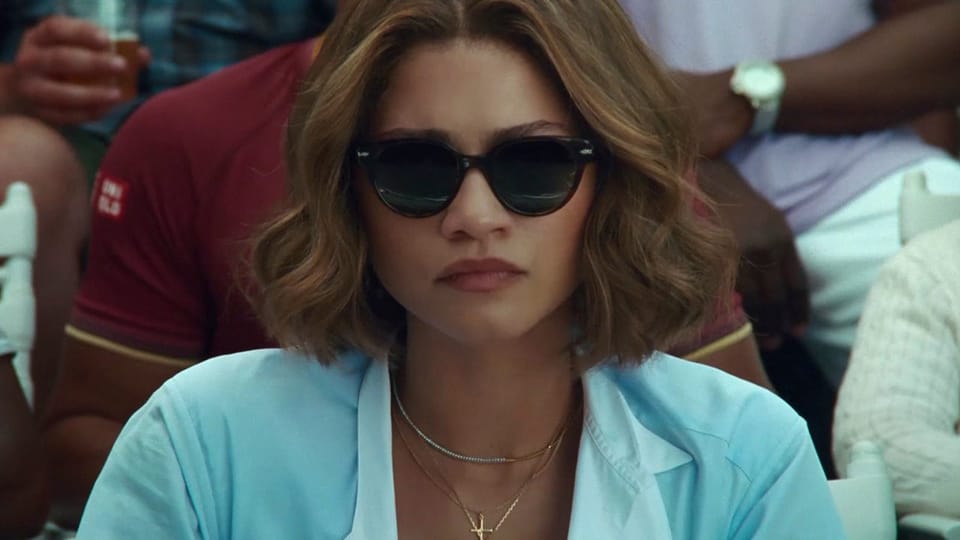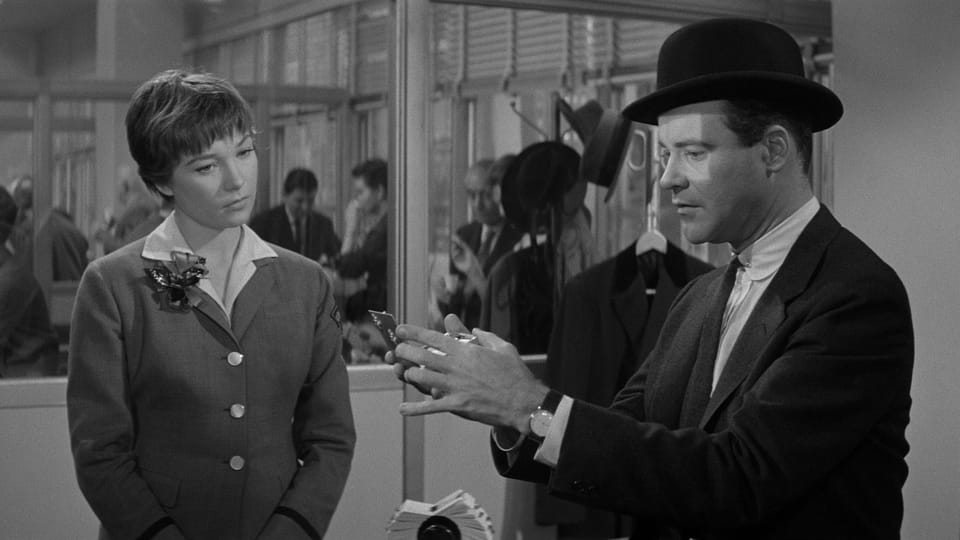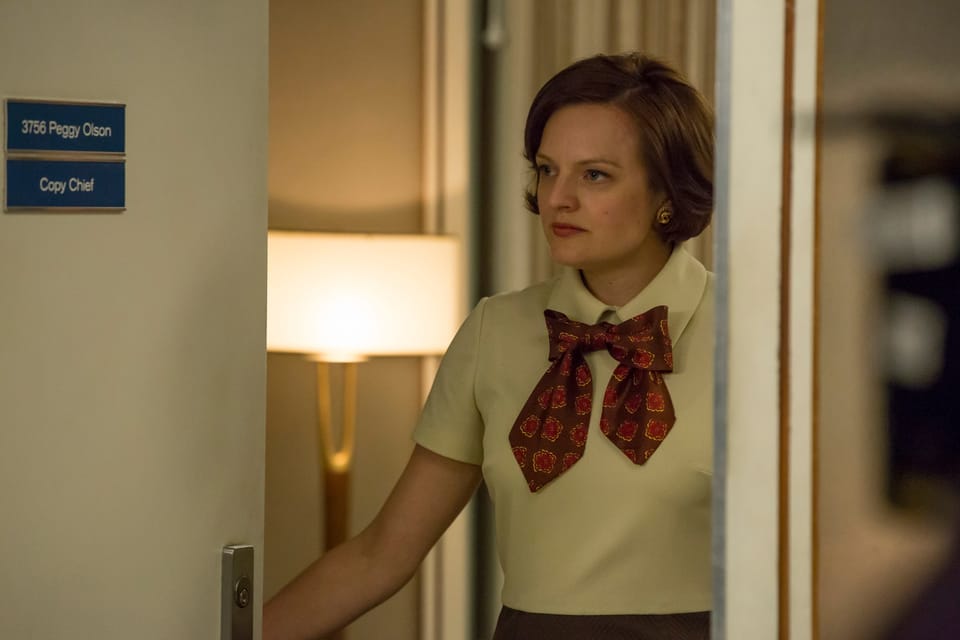Small Things That Make A Difference
Small things matter, because the small things add up. I am a strong believer in writing's cumulative effect over any kind of duration.

The Story and Plot Weekly Email is published every Tuesday morning. Don't miss another one.
I am a strong believer in writing's cumulative effect over any kind of duration.
One incident of sloppy, lazy word choices or phrasing may not matter once or twice, but over 100 pages? The cumulative effect is to weigh down the energy and confidence of the read.
Some of the things to watch out for are:
- Overly long paragraphs.
- Lazy adverbs
- Gerunds
And today's topic... overly descriptive sentences.
For example:
An African American girl, CAIDI DONNE, 18, strides up to the bouncers at the gate, determined, a flyer in her hand.
What’s wrong with this sentence? Nothing. On its own, it’s okay. Not great, but it's fine. It’s a grammatically proper sentence.
But in a screenplay, we’re asking it to do a lot of work simultaneously. This is not “less with more” because we are trying to compress all of it into a single moment. It’s “more with more, and crammed in the same sentence.”
This is a habit we get from our schooling. We were told to prove we could write complex sentences and three-part paragraphs, and as we grew up we were rewarded for it. It gives us that little dopamine rush and a sense of accomplishment when we do just that.
But in screenwriting, we aim to evoke the emotional experience of seeing the movie. And movies are one frame at a time—twenty-four per second, to be exact.
In other words, one present moment at a time.
And if we try to cram too much into that moment, it feels like something other than a movie. The compression of time feels rushed and more like, well... writing.
Look at all this sentence is trying to do:
- She’s African American.
- Her name is CAIDI
- She’s 18.
- She strides up through the gate
- To the bouncers,
- She’s determined, and
- Flashing a flyer.
That’s a lot to pack into a single moment! Unlike academia, we don’t get points for squeezing everything into one sentence. In fact, it hurts us.
Better to divide it into multiple sentences. Sentences that try to do too much tend to weaken each part.
Simple is better. Clear and purposeful is better. One moment at a time.
Since our job is to evoke the emotional experience of watching the movie, we want that one moment at a time in the same order the audience would experience it.
Here’s a rule of thumb: the audience notices action first.
So write the action first, and don’t interrupt the action with details that wouldn't interrupt that action in the movie.
And then use your writing to create time (Paragraphs are particularly useful for this. As we talk about in my classes, paragraphs are our primary instrument, not sentences.)
If we use our writing to create time, we then create the moment the audience absorbs the other details right after they notice the action. So…
An African-American girl strides right to the bouncers at the gate.
This is the action. This is the thing we notice first. THEN, we let the reader catch the details of the girl. Let them see the movie first. Then. Follow that with…
This is CAIDI. 18, determined.
We are, in effect, giving the reader a closer visual to absorb more. And then follow that with the next action.
She flashes the flyer in her hand.
This sequence of sentences allows the moments to happen one after the other — like a movie — rather than all at once.
This is tiny stuff, and we are seriously getting into the weeds here. You might be asking, is this:
An African American girl, CAIDI DONNE, 18, strides up to the bouncers at the gate, determined, a flyer in her hand.
Really that much worse than:
An African-American girl strides to the bouncers at the gate. This is CAIDI DONNE. 18, determined. She flashes the flyer in her hand.
One time? Not really. More stylistic preference than anything else.
But over time? Yes. The latter is better. Over a hundred pages, the screenplay feels more confident and less rushed. The writer feels more in command.
But most of all. It’s easier for the reader to visualize the movie in their mind. Because it’s one moment at a time.
Just like a movie.
And again, our job is to evoke the emotional experience of watching the movie.
This is one of a hundred little ways we manage to do this.
I hope this helps.
This kind of minutiae can sometimes be more confusing than enlightening, but it came up in class this week and I wanted to share it with you guys, too.
See you next week!
Tom
P.S. You may have already heard that the WGA voted 97.85% to authorize a strike. If you're interested, I wrote a Twitter thread last week on how I went from not caring too much about my union, to being a staunch supporter of it.
Click here to read that Twitter thread.
The Story and Plot Weekly Email is published every Tuesday morning. Don't miss another one.
When you're ready, these are ways I can help you:
WORK WITH ME 1:1
1-on-1 Coaching | Screenplay Consultation
TAKE A COURSE
Mastering Structure | Idea To Outline
